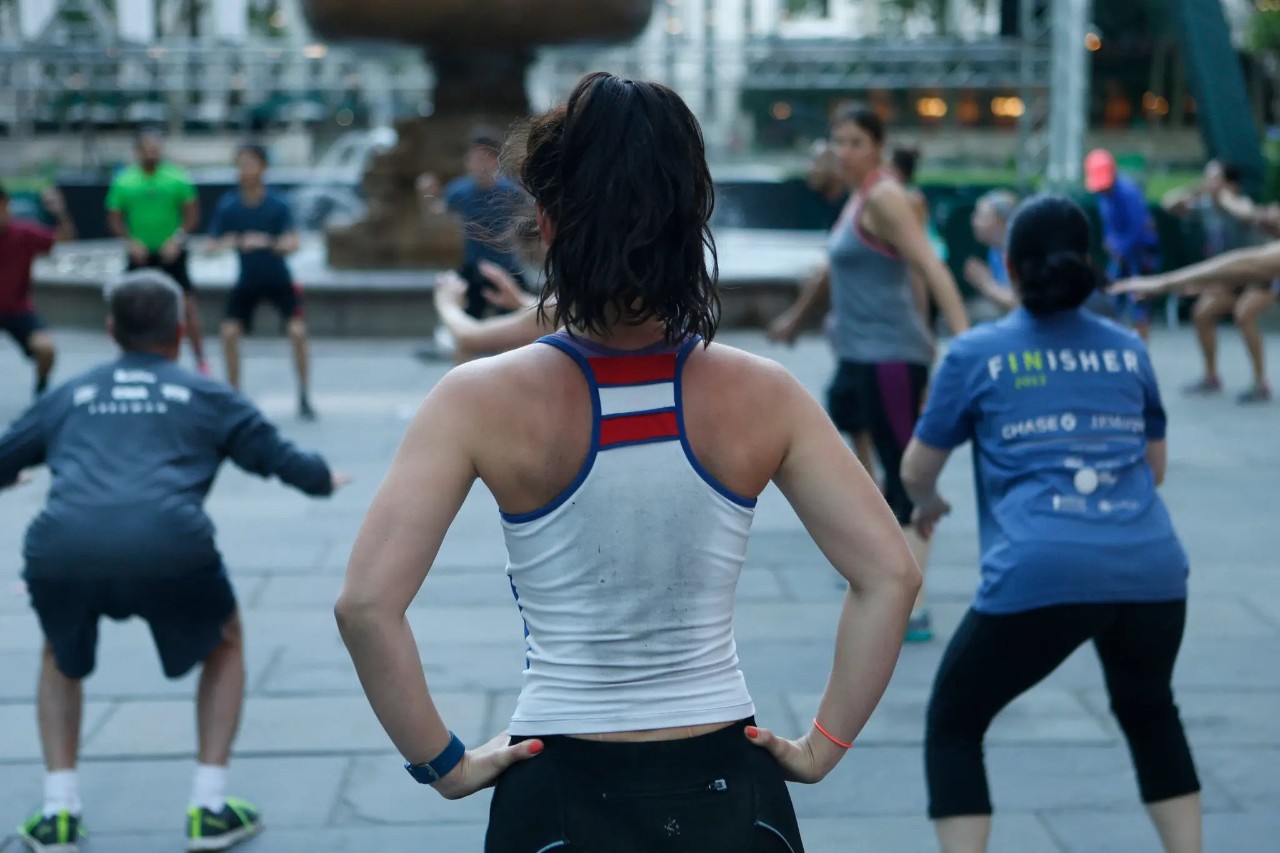
New York Times: When your workout stops working
UC expert suggests a method of getting muscles to work smarter, not harder
Starting up a new exercise routine can be challenging. The first weeks can produce trembling muscles, burning lungs and a racing heart. But after a month or two, it gets easier: You’re running faster and longer, or lifting weights with more ease. Then suddenly, progress slows or stalls. You’ve hit a workout plateau.
In article on this topic published by the New York Times, several experts were interviewed, including Brian Grawe, MD, of the Department of Orthopaedic Surgery at the UC College of Medicine.

Brian Grawe, MD, of the Department of Orthopaedic Surgery at the UC College of Medicine/Photo/Colleen Kelley/UC Marketing + Brand
The Times reported that plateaus can happen once the body adapts to a new workout. After just a few training sessions, the brain can become more skilled at telling muscles to move. And, usually over the course of weeks or months, the body itself changes.
The article went on to describe some strategies to help overcome unwanted plateaus, including multi-tasking exercises to produce more widespread results.
One option is to wear a cuff around a muscle during exercise. This practice, known as blood restriction therapy, limits blood flow to mimic the effect lifting weights has on the muscle.
“It allows your muscles to work smarter, not harder,” gaining strength while lifting less weight, said Grawe. While the tool is safe, Grawe recommended consulting a personal trainer or doctor before using one.
Lead photo/Alex Wroblewski/New York Times
Next Lives Here
The University of Cincinnati is classified as a Research 1 institution by the Carnegie Commission and is ranked in the National Science Foundation's Top-35 public research universities. UC's graduate students and faculty investigate problems and innovate solutions with real-world impact. Next Lives Here.
Related Stories
News Cincinnati loved in 2025
January 2, 2026
The story of prohibition bootlegger George Remus was among WLWT's favorite segments in 2025. UC Law Professor Christopher Bryant spoke with journalist Lindsay Stone about Remus using a temporary insanity defense during a murder trial.
What to know about this year’s big tax changes
January 2, 2026
Local 12 reported that taxpayers can expect some major changes this tax season. Gary Friedhoff, adjunct instructor at the University of Cincinnati’s Carl H. Lindner College of Business, recently spoke to Local 12 about how to avoid surprises.
Study finds police officers face higher long-term health risks
January 2, 2026
J.C. Barnes, a University of Cincinnati professor, is interviewed by Spectrum News about new research showing that the physical and psychological demands of law enforcement can contribute to earlier deaths.
